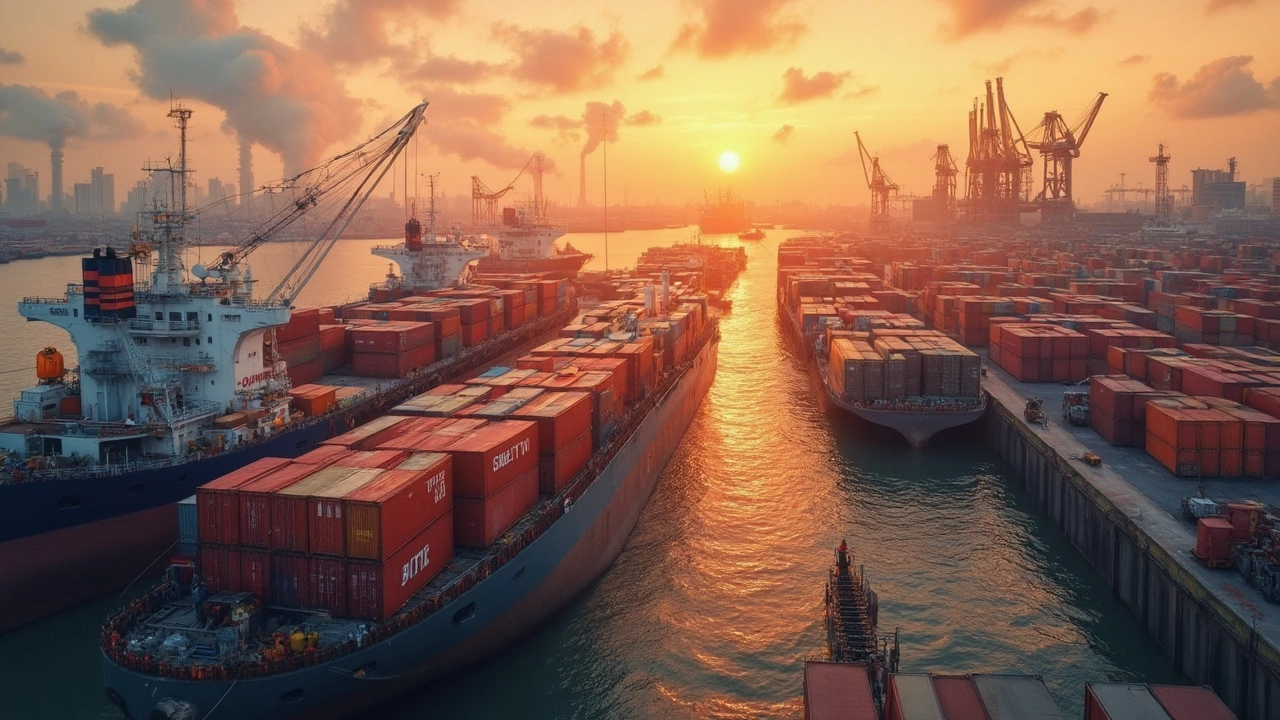Chemical Imports and Their Role in Indian Manufacturing
When dealing with chemical imports, the flow of raw chemicals into India’s factories. Also known as imported chemicals, it affects everything from cost structures to product quality. Companies that import chemicals must navigate customs duties, safety standards, and supply‑chain timing, all of which ripple through their production lines.
One of the biggest areas feeling the ripple is plastic manufacturing, the process of turning petrochemical feedstock into everyday items. Because most polymer resins are sourced abroad, any shift in import tariffs or freight rates directly changes the price of bottles, pipes, and packaging. This link means that a sudden duty hike can squeeze margins for a plastic producer just as fast as it can boost revenues for a domestic recycler.
The pharma industry, India’s massive drug manufacturing sector also leans heavily on imported active pharmaceutical ingredients (APIs). When API prices rise, tablet manufacturers either absorb the cost or pass it to patients, influencing overall healthcare affordability. Moreover, strict regulatory compliance for imported chemicals adds another layer of paperwork that firms must manage to stay on the right side of the drug authority.
How Chemical Imports Influence the Textile Sector
India’s textile industry, one of the world’s largest producers of fabrics and garments, relies on imported dyes, synthetic fibers, and finishing chemicals. A change in import policy can shift the color palette available to designers or affect the durability of performance fabrics. In practice, textile units often keep a buffer stock of chemicals to hedge against price volatility, but that ties up capital and can limit their ability to adopt new designs quickly.
All these sectors illustrate a core truth: chemical imports are a strategic lever for Indian manufacturers. They dictate raw‑material costs, influence compliance workloads, and shape product innovation timelines. Below, you’ll find a curated set of articles that break down the latest data, case studies, and practical tips on managing chemical imports across plastic, pharma, and textile businesses. Dive in to see how firms are adjusting their supply chains, negotiating better terms, and turning import challenges into competitive advantages.
